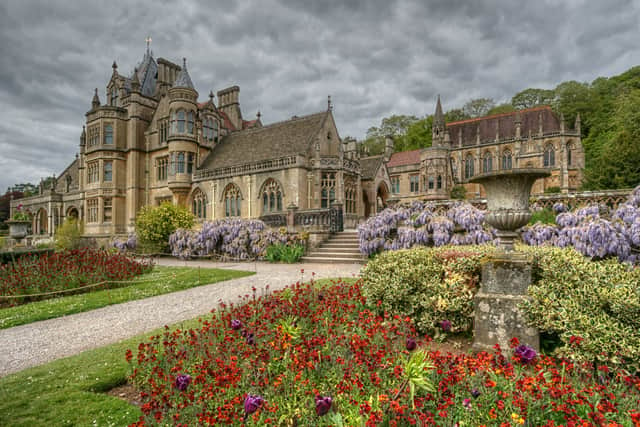We visit the gorgeous National Trust mansion near Bristol with a darker side
and live on Freeview channel 276
Take a visit to the ornate Victorian Gothic Revival house at Tyntsfield and its beautiful estate with gardens and parkland, and it’s hard to imagine anything untoward about this stunning National Trust estate.
The regency house has regal-looking paintings lining its walls while each room offers and insight into the lives of the people who lived there. Then, in the gardens you are met with neatly trimmed gardens which also provide scenic views of all around.
And this summer the National Trust will introduce a new rose garden as well as outdoor theatre performances on the lawn in the backdrop of this gothic landmark.
But take a closer look at the former owners of this Grade I-listed mansion on the Clevedon Road near Wraxall and you will uncover a darker side to the gothic beauty of the estate.
The estate was bought by William Gibbs - a man who made a huge fortune selling fertiliser - in 1843. Mr Gibbs became the richest non-noble man in England by selling guano from birds in South America for fertisliser.


Miranda Garrett, property curator at the abbey, said: “The guano was mined by Chinese labourers working in enslavement and this process also caused a devastating environmental damage over there. But, here the picture is really different. This wealth allowed William Gibbs in the 1860s to completely transform Tyntesfield.”
Watch the video above for more, or visit the National Trust website on the history of the estate here.